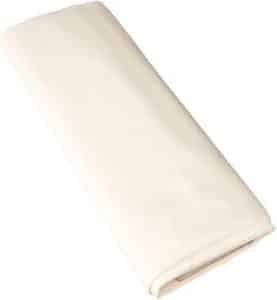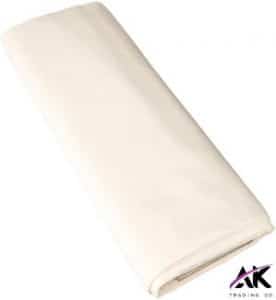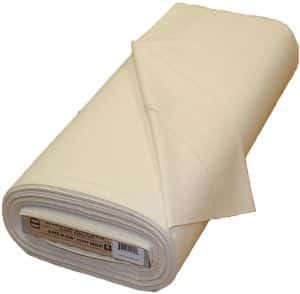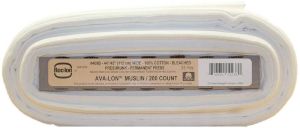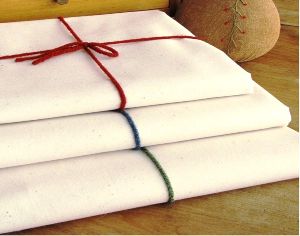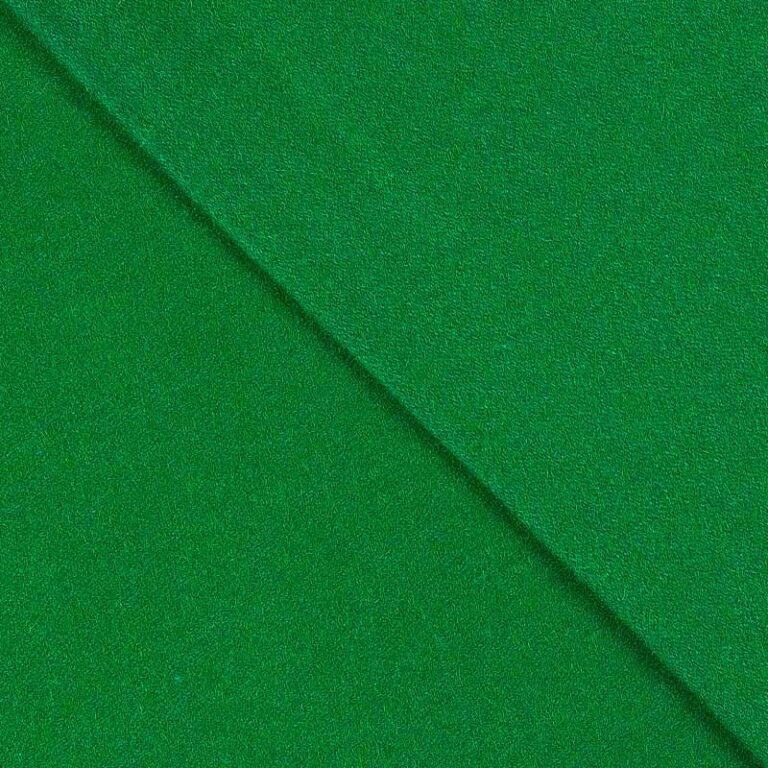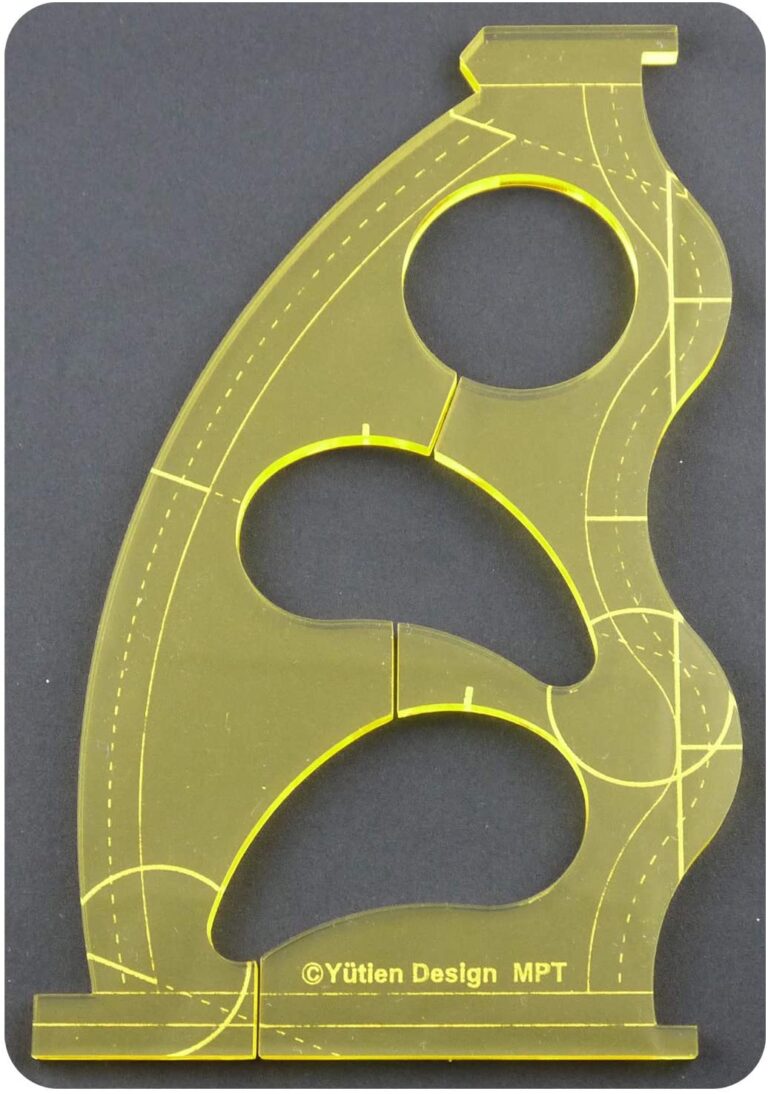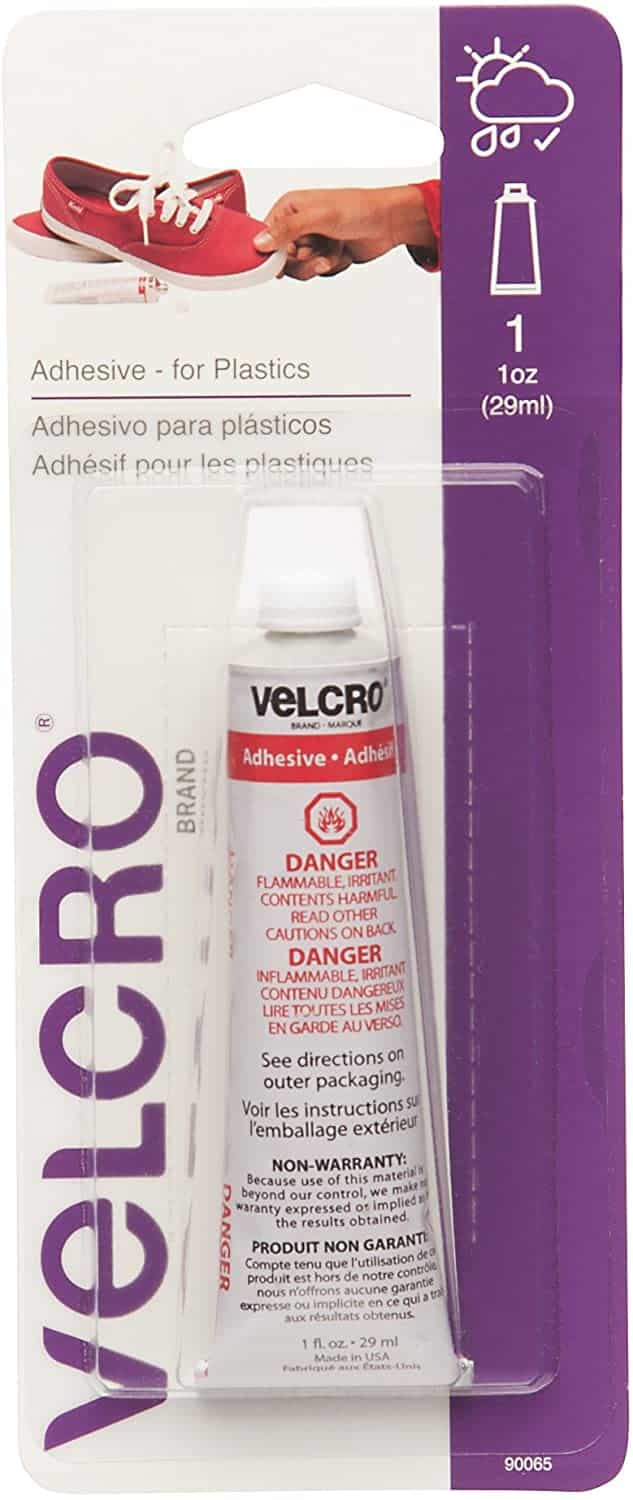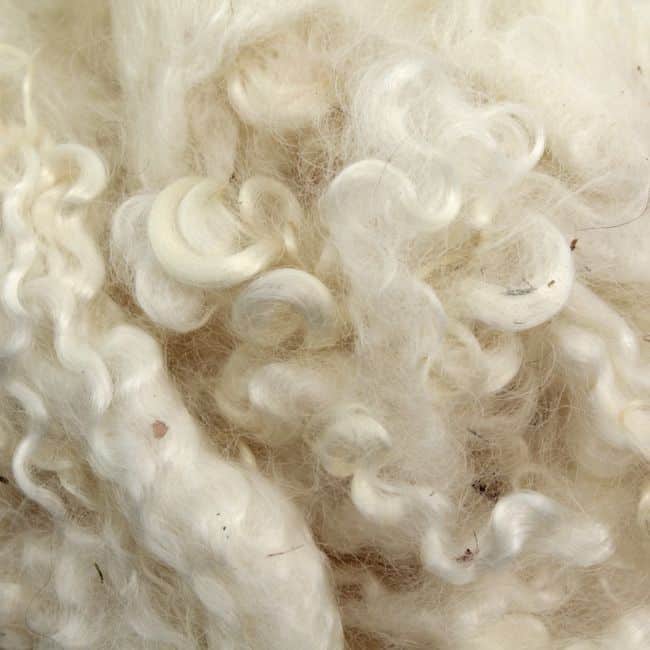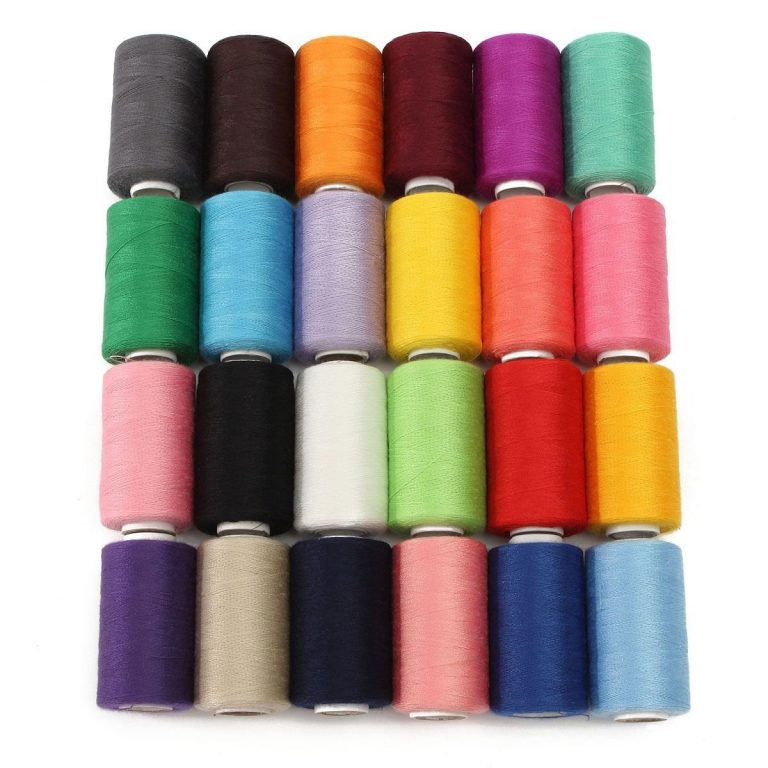Muslin Fabric: History, Properties, Uses, Care, Where to Buy
Table of Contents
- 1 Introduction to Muslin Fabric
- 2 What is the History of Muslin Fabric?
- 3 Properties of Muslin Fabric
- 4 How is Muslin Fabric Made?
- 5 Where is Muslin Fabric Made?
- 6 Common uses of Muslin Fabric
- 7 How to care for Muslin Fabric?
- 8 Where to buy Muslin Fabric?
- 9 Best Muslin Fabrics
- 10 Muslin Fabric Buyer’s Guide
- 11 Conclusion
Introduction to Muslin Fabric
The cotton cloth that is woven in a plain pattern is called muslin. There is a wide range of weights, from sheers that are very delicate to very coarse sheets. The name “Mosul” was given to the product originally manufactured in Iraq. During the 17th and 18th centuries, muslins were produced at Dacca, located in the Indian state of Bengal, and were largely considered the finest in India.
In the beginning, muslin was crafted by hand from very thin yarn spun by hand. It was brought into Europe from Bengal for the better part of the 17th century and the beginning of the 18th century.
What is the History of Muslin Fabric?
The history of Muslin may be traced back to prehistoric times in the area that is today known as Dhaka, Bangladesh. Historically, muslin was a highly sought-after product, and it has been traded around the globe for thousands of years.
European traders in Mosul, Iraq, first discovered the Muslin, known as the Muslin. For centuries, muslin fabric weavers in India and Bangladesh were obliged to weave various textiles while muslin was imported from Europe as a luxury item.
Self-reliance and peaceful resistance to British authority were important goals for Gandhi, the founder of the Indian independence movement, who began spinning his yarn to manufacture the cloth known as khadi (a form of muslin).
Properties of Muslin Fabric
- It is a thin, transparent, and delicate fabric.
- It is fine and smooth in texture and is woven from warps and wefts that are evenly spun.
- It is highly flammable and has high absorbency.
How is Muslin Fabric Made?
The weft thread is woven horizontally across a vertical warp yarn to produce muslin. Weft threads are stitched one at a time through the warp threads to create light, breathable fabrics like muslin. Plain weave is a foundational method of weaving.
Where is Muslin Fabric Made?
It is believed that the creation of Muslin may be traced back to the city of Mosul in Iraq, which is located on the banks of the Tigris River (hence its name).
Since the 17th century, the city of Dacca in what is now Bangladesh has been an important hub for muslin production, which has made it more broadly connected with Indian textiles.
Common uses of Muslin Fabric
Muslin fabric is used for various garments along with different products.
Daily wear
Muslin is the fabric of choice for testing new designs in sewing and pattern-making. Prototypes are still referred to as “muslins,” no matter what type of cloth is used to manufacture them. The backing of a quilt is commonly made of muslin cloth.
Home décor
Muslin is a great choice for goods like lightweight bed sheets, towels, and curtains because of its sheer nature and lightweight.
As a cleaning cloth
Because the fabric can be readily cleaned and reused to clean the environment, muslin clothing is a popular choice for multi-use clothes that can be used for everything from cleaning the face to cleaning the countertop in the kitchen.
Movies and theatres
Because it can retain dye effectively, muslin is an excellent choice for theatrical scrims and sets. The lightweight nature of muslin makes it an excellent movable smooth option for photographers.
Food processes
Cheese can be made at home by passing curdled milk through a muslin bag in order to strain out the liquid whey and preserve the cheese.
Sewing with muslin fabric
Muslin fabric is very easy to sew. Sewing patterns and designs on the fabric can be done without a hassle if one uses the correct sewing essentials and sewing notions and supplies.
It would help if you used overlock finishes or French seams since the fabric frays. At the same time, you should use a 70/10 Hand sewing needle to avoid snags. Use designs with a slack rather than modified cut and gathers rather than darts to accommodate the inherent drape of the Muslin.
To obtain a better-sewed fabric, you can use the best sewing machines like the Brother SE600 for better results. Keeping in mind these tips and tricks, you can easily sew the fabric to make clothes and garments of your choice.
Dyeing with muslin fabric
Even though it may be unheard of, muslin fabrics can be dyed. The process is useful for designers and consumers with unique styles and preferred designs.
The fabric can be dyed depending on its composition of the fabric. If made using cotton, silk, and other synthetic threads, the Rit All-Purpose Liquid Dye can be used as the best fabric dye available.
How to care for Muslin Fabric?
Muslin fabrics aren’t so hard to care for and can easily be washed and ironed without any hindrances.
Washing
- Use cold-warm water to wash the fabric
- Handwashing is always the safest and most effective cleaning when it comes to delicate muslin products, such as intimates.
- You should use a gentle laundry detergent.
- The machine setting should be set to a normal cycle
- Fabric softeners can be used
- The fabric can be dried by air-drying it on a flat exterior
- Alternatively, you can tumble dry the garment on low, but be sure to take it from the dryer before it dries out.
Ironing
- Using a shark steam iron, press the fabric on the wrong side
- Use a low heat setting and a press cloth
Where to buy Muslin Fabric?
Muslin fabric can be purchased from fabric and garment retailers. Clients can also purchase muslin fabric from online stores and websites like Fabric.com and Amazon, which have the best Muslin fabric available, like the Crafty Cuts Muslin Fabric or the cotton Rockland 92 by 76 Count Unbleached Natural Muslin.
It can be sold in several ways depending on the seller;
- By yard
- By Inches
- Can be cut to order
Sewers and crafters use muslin fabric for a variety of projects. It is easy to care for and can be machine washed and dried, which makes it a great choice for garments, quilting, and home decor. Because muslin is 100% cotton, it is durable, so your creations will last for a long time. This buying guide will help you find the perfect muslin fabric for your project.
Best Muslin Fabrics
Here are our muslin fabric reviews.
1. Crafty Cuts Muslin Fabric
Crafty Cuts muslin is the perfect fabric choice for a range of projects, from quilting to garments to home decor. It is easy to care for and is machine washable in cold water with like colors, and can be tumble dried on the low setting. It is made of 100% cotton and is durable for making long-lasting products.
- Machine washable
- 2-yard cut
- 100% cotton
2. AK Trading Company Muslin Fabric 10 Yards
This 10-yard cut of 100% cotton muslin fabric is easy to care for – it can be machine washed and dried on the lowest setting. It works well for a range of applications, from aprons to sheets to garments and more. The fabric has a smooth finish and is soft to the touch.
- 100% cotton
- Smooth finish
- Machine wash and dry
3. Rockland 92 by 76 Count Unbleached Natural Muslin
This 15-yard cut of 100% cotton muslin fabric can be used for a variety of projects, from garments to home decor. It is machine washable in cold water and can be tumble dried on the low setting, making it easy to care for.
- 100% cotton
- 15 yard length
- 45 inches wide
4. Roc-Ion 200 Count Bleached Muslin
This 200-count muslin fabric is 100% cotton and permanent press. It can be cut to order, so you are able to get however much fabric you need for your project. It is preshrunk for your convenience but still may shrink 2-4% when washed.
- 100% cotton
- Permanent press
- Preshrunk
5. MyBecca 100% Cotton Unbleached Muslin Fabric
This MyBecca muslin fabric is a great choice for curtains, quilting, apparel, and more. It is made from 100% unbleached cotton and is available in 1, 2, 5 and 10-yard cuts. It can be machine washed in cold water and tumble dried on the low setting and will maintain its smooth and soft finish.
- 63 inch width
- 100% cotton
- Smooth finish, soft to the touch
Muslin Fabric Buyer’s Guide
When choosing a muslin fabric for use on a sewing project, a number of factors are important to consider to make sure you select the best fabric for your project. This buying guide will help you find the best fabric to meet the needs of whatever project you select.
The first factor to consider is the care required for the fabric. Muslin is often used for quilting projects and for garment creation, so selecting a fabric that is easy to care for is important. All of the fabrics in this buying guide are 100% cotton, so they can be machine washed in cold water and tumble dried on a low setting. Some of the fabrics are preshrunk, but please note that cotton fabrics may still shrink the first time you wash them, so it is best to wash muslin fabrics before starting your project. Some of the fabrics in this buying guide are permanent press, which means they are more wrinkle-resistant than the typical cotton fabric, which can wrinkle easily. This can make garments made from this type of muslin fabric easier to care for.
Another factor to consider is what type of project you will use the muslin fabric for. The fabrics in this buying guide come in different lengths, so you can choose a fabric based on how much fabric you need for your project. One of the fabrics can be cut to order, so you can get exactly how much you need. Larger cuts of fabric are suitable for large-scale decoration or quilting projects.
All of the muslin fabrics in this buying guide are high quality and durable, so no matter which one you choose you will be able to create craft projects that can be reused and will last for many years.
Recommended Reading:
- Chapter 1: The 7 Sewing Essentials for Beginners
- Chapter 2: The Beginner’s Guide to Sewing Machines
- Chapter 3: The Ultimate Guide to Setting up your Sewing Room
- Chapter 4: Everything You Need To Know About Sewing
- Chapter 5: Sewing Fabric 101: A Virtual Tour of the Fabric Store
Conclusion
Muslin fabrics have been around for a long time and are used for various products and apparel.
Sources


